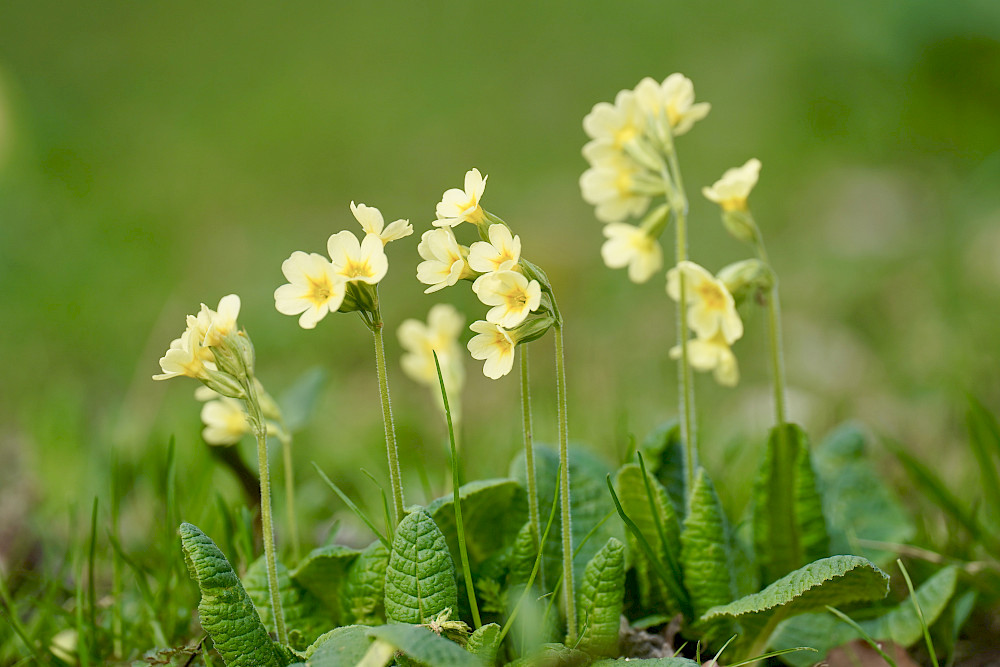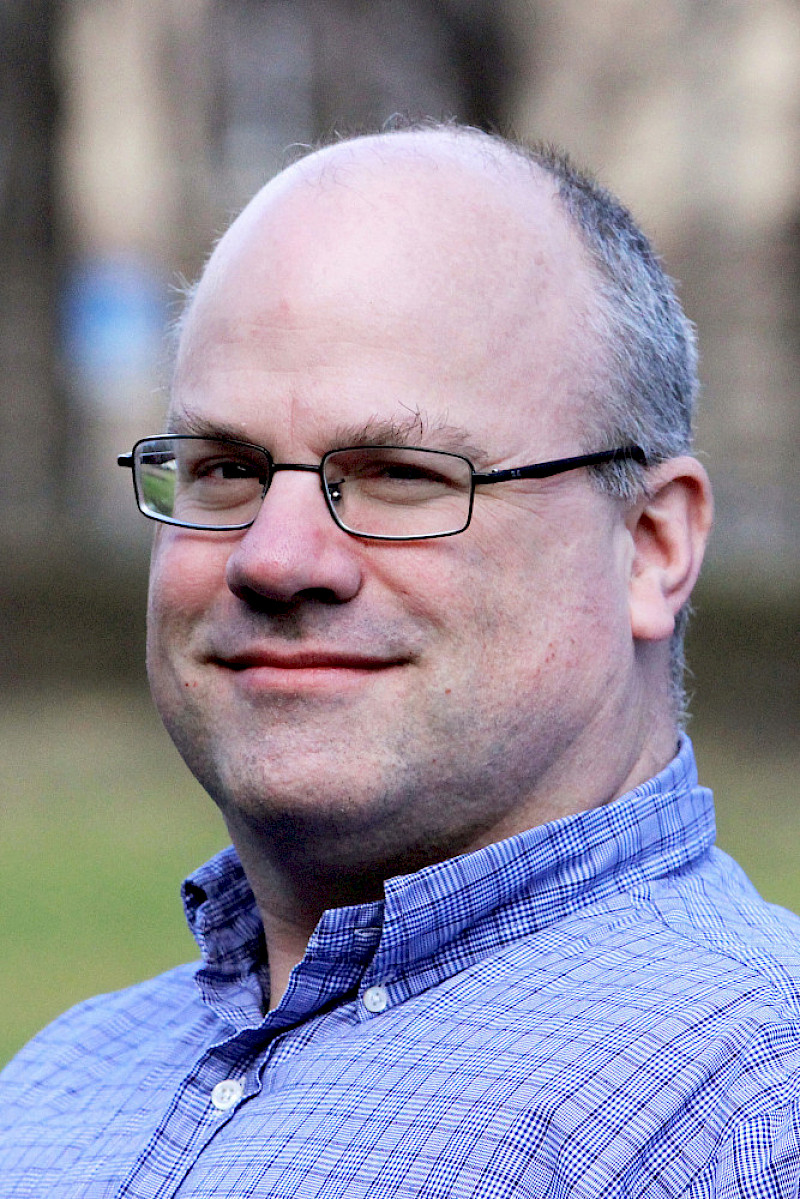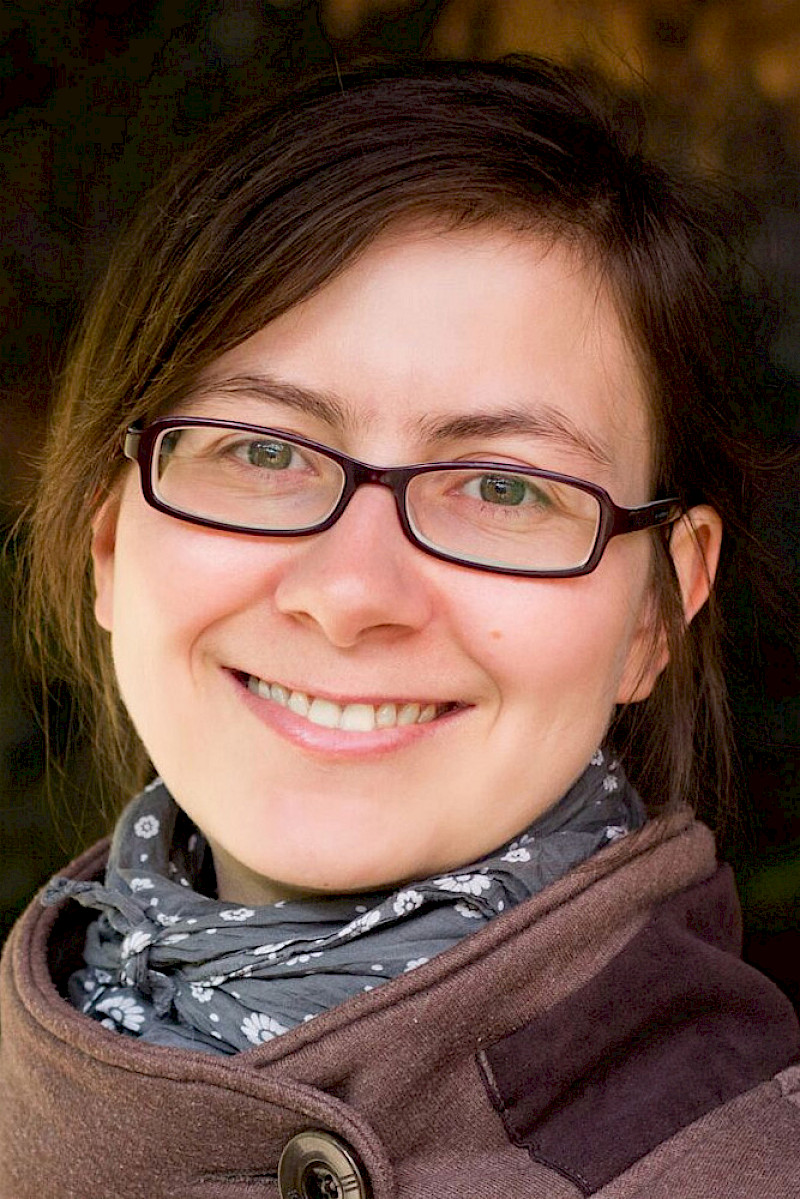Perceptual pitfalls

Dr Träger, what is your project about?
Sabrina Träger: I’ve just come from the University of Tartu in Estonia where we set up a citizen science project to study cowslip in its natural habitat. The species has two types of flowers, both of which are needed for pollination. We wanted to find out the distribution of these two types of flowers and how much it is impacted by humans. Even in a small country like Estonia, it is impossible for researchers to look for cowslip everywhere by themselves. This is how the idea for the project came about. The first survey was launched in Estonia in 2019 and it was repeated again in 2020. The resulting data were incorporated into a study in which we were able to show that one of the types of flowers was more common than the other. In 2021, we launched the project across Europe, as cowslip is very widespread.
Jonathan Chase: To identify the flowers correctly, you have to take a very close look at them, don’t you?
Träger: Yes, exactly. It is not difficult to distinguish between the two types, but you do have to look carefully.
What do you think is the biggest difference between a traditional research project and a citizen science project?
Träger: You give up some control over how the data is collected. Normally, researchers - or even trained biology students - collect the data. In citizen science projects, it is therefore very important to explain to the participants exactly what is expected of them and what they need to do. After that, it is up to them whether they follow your instructions.
Chase: No one is completely impartial. As a scientist, I know that, at the best of times, I have certain biases and misperceptions that lead to distortions. This cannot be avoided. For example, if I know only a few species of grass, I will not be able to correctly identify all of the plants. I try very hard to keep that in mind. Which is why I wanted to know how close you have to get to the cowslip. In my research group we are just starting to work with data from the “Global Biodiversity Information Facility” (GBIF). This is an international network that centrally compiles biodiversity datasets from numerous databases. The data from “iNaturalist” also flow into it. Anyone can contribute to the platform by providing photos and observations of plants and animals from all over the world. Errors and inaccuracies can easily creep in. I know that first-hand.
How?
Chase: My son and I use the “iNaturalist” app on our mobile phones. We photograph birds and the app automatically identifies them. We have a lot of fun with it. But since I’ve only lived in Germany for a few years, I’m not so familiar with all the bird species. When in doubt, I rely on the app to suggest a species, which I then confirm. The data are later reviewed by an expert, but how is that supposed to always work with my bad photos? As a researcher I get a little nervous when I think about it ...
How can these incredibly large datasets be monitored at all? How can biases in them be identified?
Chase: Our colleagues at GBIF have built in various filters and algorithms which we can use to define so-called trust levels. In other words, we determine how reliable the data should be that we want to use in our research. That helps a little.
What is it like in your project, Dr Träger?
Träger: When there were only data from Estonia, we were able to check them manually. They consisted of around 2,000 entries in the first year. Theoretically, every data point could be looked at and reviewed to see if the plant was correctly detected and if it was found in its natural environment, for example not in a park. The initiators of the project think that all of the data can still be checked manually. I’m a bit more sceptical about this: this year alone we have received almost 400,000 new data points. Artificial intelligence would help us check whether at least the right species was accurately detected. However, we currently lack the resources for this. That’s why we have to trust that the data are correct.
How can people be made aware of potential pitfalls beforehand so that they don’t just look for plants in certain locations, for example?
Chase: Unfortunately, you are talking to someone who spends most of his time in an office and not out in the real world. I haven’t dealt much with the human psyche. (laughs) But perhaps it depends on how well-structured the projects are. We have these unstructured projects like “iNaturalist”, where I can do whatever I want as a participant. And then there are projects that are much more controlled. Take, for example, the butterfly monitoring coordinated by the Helmholtz Centre for Environmental Research (UFZ). The project is led by a great team and all over Germany there are local initiatives that walk their designated transects and log every butterfly they see according to clear guidelines.
Are the data from unstructured projects of lesser value?
Chase: These data have tremendous value! It means we have thousands, if not hundreds of thousands, of images and records on biodiversity that we can study. We just have to be aware of what they can tell us and what their limitations are.
Dr Träger, how did you attempt to steer people in the “right direction” in your cowslip project?
Träger: We emphasised several times on our website and in social media that we are only interested in cowslip found it its natural habitat, not in gardens or parks. Of course, there’s no guarantee that people won’t go there anyway. But at least we have the geodata for almost every data point and can verify through maps whether there is a park or garden nearby.
What has the contact with the citizens been like for you in general?
Träger: There was not very much contact during the survey phase. People occasionally posted photos on our Facebook page, others sent me emails directly. Otherwise, communication is via newsletters that we send to the participants to let them know how the project is going.
Chase: What types of people actually participated in the project?
Träger: Anyone interested in botany but with no typical scientific training.
This lack of prior knowledge could also be a problem ...
Chase: But this is not only an issue with citizen science projects. There was a research project on plant biodiversity in the U.S. that ran for many years. Unfortunately, not all of the scientists involved were brilliant botanists. The data indicated a serious decline in plant diversity from a certain year onwards. The reason for the decline was that part of the project team had all retired at the same time - obviously the part that was well-trained in recognising plant species. The fact that the data later returned to “normal” is because one of the retired researchers noticed the problem and brought it to the attention of the other researchers.
We have now talked a lot about risks ... I would hate to end the conversation on such a note. What are the big advantages?
Träger: Despite all the limitations we have talked about, the projects provide us with unique data that we as researchers could not collect any other way. They are coupled with a certain amount of uncertainty, but as scientists, we should know how to deal with that.
Chase: And even if the data are not absolutely accurate, they give us an incredibly in-depth overview of thousands of species and habitats. And the observations help to analyse and further develop conservation measures. The projects are also meant to put people more in touch with nature. This is also a kind of educational mission because it teaches people about the nature that surrounds them and they learn about how science works.
Professor Jonathan Chase has been a professor of biodiversity synthesis at the University of Halle and research group leader at the German Centre for Integrative Biodiversity Research (iDiv) Halle-Jena-Leipzig since October 2014.
Professor Jonathan Chase
Research Group Biodiversity Synthesis iDiv / Institute for Informatics MLU
Telephone: +49 341 9733120
Mail: jonathan.chase@idiv.de
Dr Sabrina Träger is a postdoc at the Department of Geobotany and Botanical Garden at the University of Halle. She coordinates the German-speaking part of the Europe-wide citizen science project “Looking for Cowslips”.
Dr Sabrina Träger
Institute of Biology
Telephone: +49 345 55-26412
Mail: sabrina.traeger@botanik.uni-halle.de
Further articles
Science for everyone
Citizen scientists are playing an ever more pivotal role. They collect data, decipher old manuscripts and more – an invaluable resource. Read more


